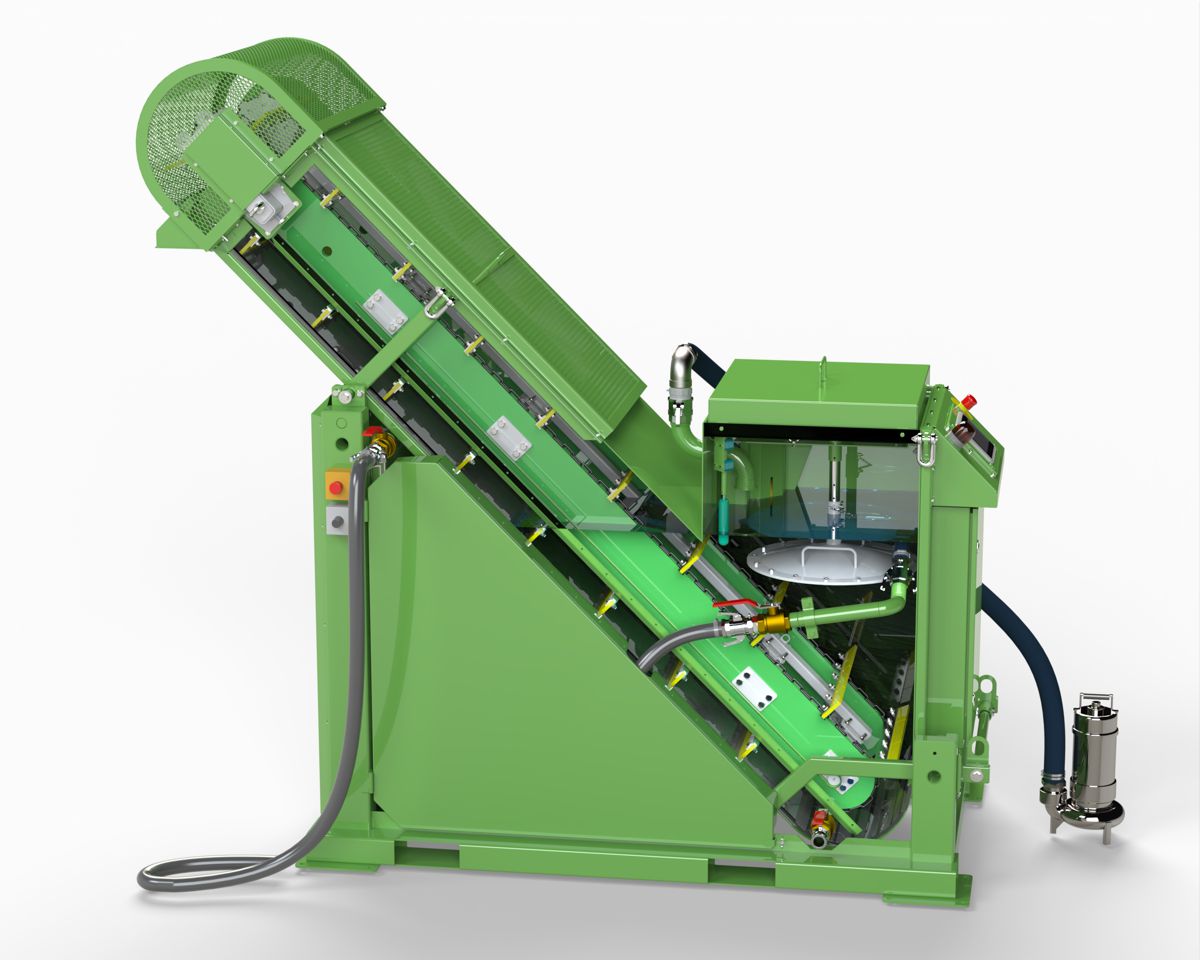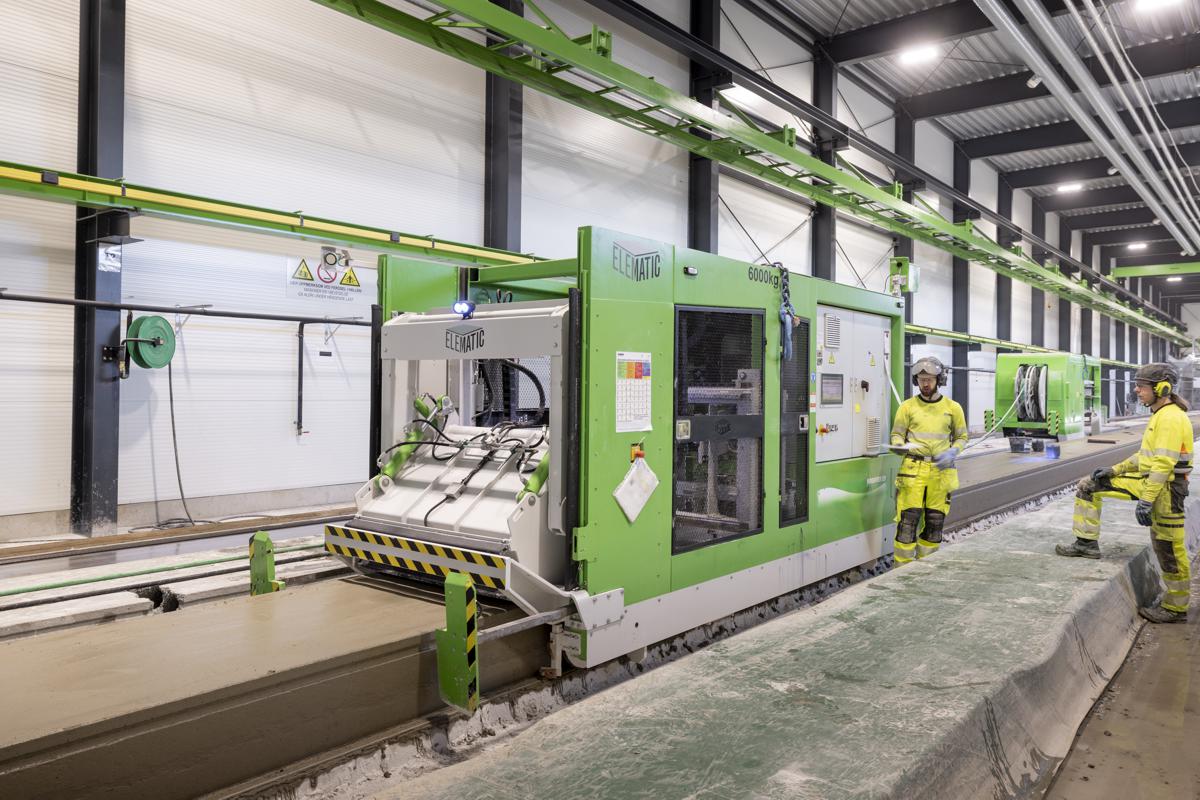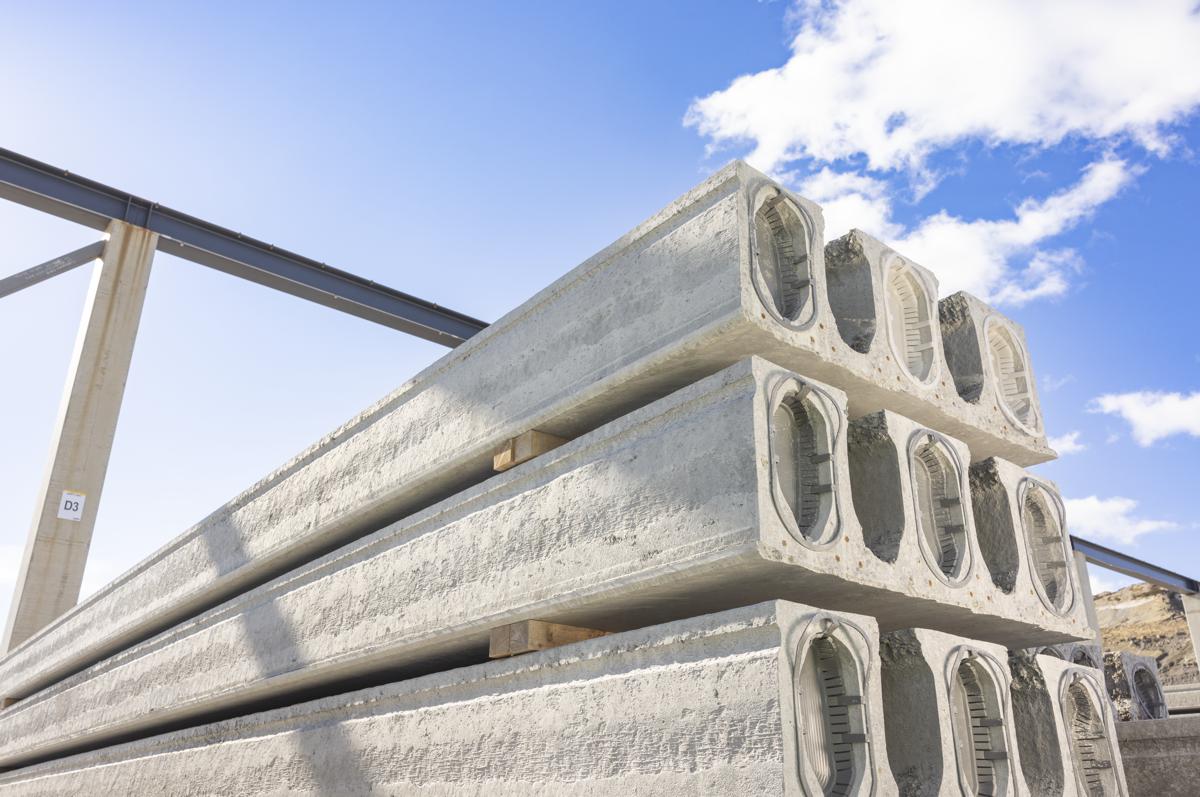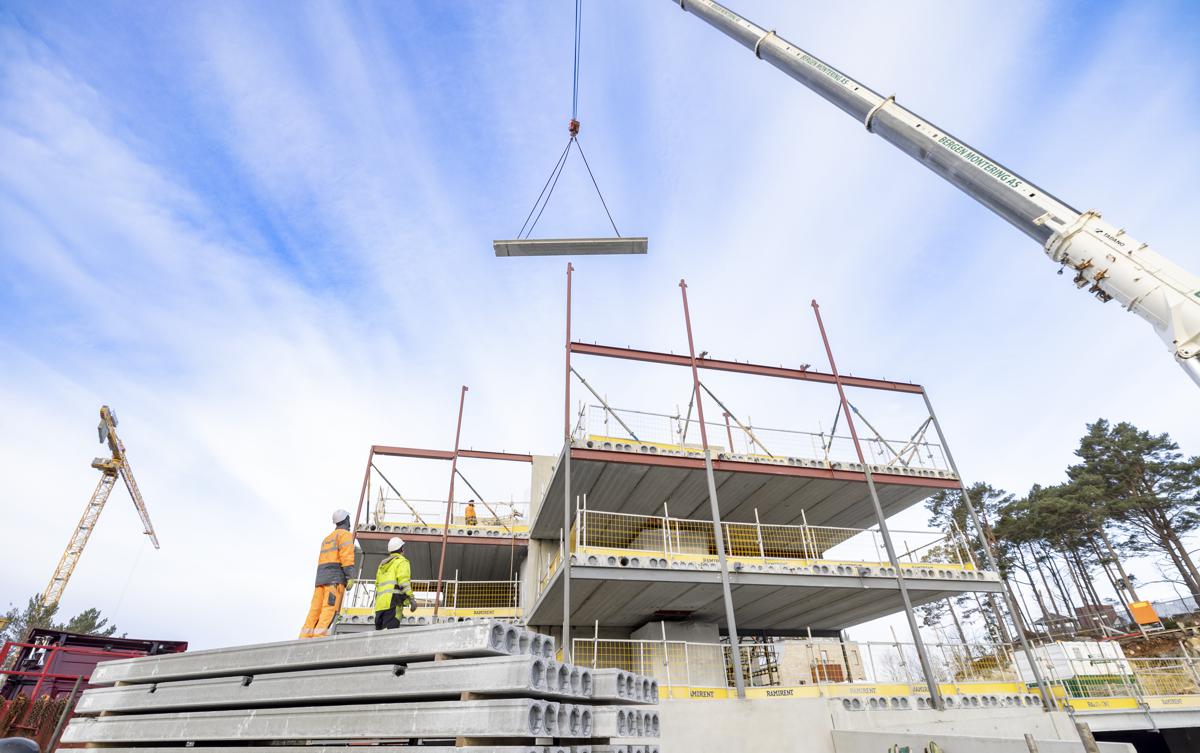Elematic Automatic Wastewater Recycling brings Sustainability to Precast Concrete Production
With the arrival of the compact automatic wastewater-recycling device, Elematic is underlining the ability of its production technology to make precast concrete elements – and hollow core systems in particular – even more sustainable method of construction.
Complementing the much bigger filtration solutions the company has long offered, the 600mm (W) x 2,000mm (H) x 2,000mm (D) unit is capable of filtering up to 24m3 of water to below 10ppm of solid content daily. With a scraper conveyer automatically removing the settled solids, the device can operate for several days without manual intervention.
The remaining sludge is then dry enough to be transported away using a regular truck for recycling, perhaps for use as an affordable booster in batching and mixing plants for precast production, or in the ready-mix concrete industry.

It all adds up
This concept of squeezing every last ounce from valuable production materials is hardly new to Elematic. For instance, without the availability of its innovative Modifier E9 – an automatic machine for digging openings and recesses, drilling weep holes and plotting cutting lines, openings and even text into fresh hollow core slabs – hundreds of tonnes of fresh concrete would doubtless go to waste each year.
When used in combination with Elematic’s flagship hollow core slab casting device (and world’s fastest extruder), the Extruder E9, the Modifier E9 can recycle the dug-out concrete straight back into the slab production process, because no water is used during the extraction process. Its advanced digging mechanism minimizes the amount of concrete left on the bed, further reducing material use. To ensure slab quality, the recycled concrete is mixed gradually into the fresh concrete – but only if the recovered material is no older than a preset, factory-specific time value.

“Companies can reduce their concrete consumption by several percentage points, depending on how many openings they’re creating,” explains Jani Eilola, Product Director, Floor Technologies, at Elematic. “With concrete accounting for 50% of precast production costs, being able to reduce its use by 5% will have a huge effect on profitability, saving the average precast factory about €67,500 annually.
“Aside from the rapid ROI this offers, it makes environmental sense too. A typical hollow core factory could ultimately decrease its CO2 emissions by 2,700 tonnes annually, by using a combination of the Extruder E9 and Modifier E9.”

Doing more with less
These otherwise significant raw material savings pale in comparison with the huge reductions made possible by the attributes of hollow core slabs in general. Their optimized geometry, with large round or shaped voids, not only requires approximately half the concrete used in a solid, cast in-situ slab of the same size, but the drier mixture requires much less water, while the prestressed strands remove the need for many kilos of steel for reinforcement.
This minimalist attitude to material use even rubs off on to nearby vertical structures, such as column-beam or structural walls. The typically wider span (up to 23m) and superior load-bearing capacity of the pre-stressed hollow-core slabs allows for substantial reductions in the number of supporting columns required, making them the preferred floor element in many shopping malls, office buildings, parking garages, etc.

The sustainability advantages of hollow core elements even remain evident years after the construction phase, due to their superior insulation and thermal properties that decrease the lifetime CO2 load of a building. In fact, the cooling abilities of precast concrete buildings – which have less need for HVAC than the timber structures often thought of as being ‘greener’ – may well be a key benefit, as climate change advances.
“We’ve been using insulation for decades to keep precast concrete apartments warm,” continues Eilola, “but those in warmer climates now need to use insulation to keep them cool, and reduce their demand for cooling energy.”

“The foundations and frame of a building could constitute 10-15% of its CO2 emissions, but the use of hollow core can reduce that by around 50%,” says Eilola. “We have carried out studies on reducing the carbon footprint of a hollow core slab – the biggest factor is, of course, the cement – but there’s also the transport, so if your delivery trucks switch to biodiesel, or perhaps electric, you could save €1-2.50/m2 of produced slab in terms of ETS (Emissions Trading System), maybe 10% of the direct production costs. Using additional methods, you can reduce emissions by up to 70% through switching to hollow core solutions.”
Ultimately, sustainability and significant financial savings are inextricably linked in the precast construction industry – a key reason for the immense popularity of hollow core slabs around the world.




















